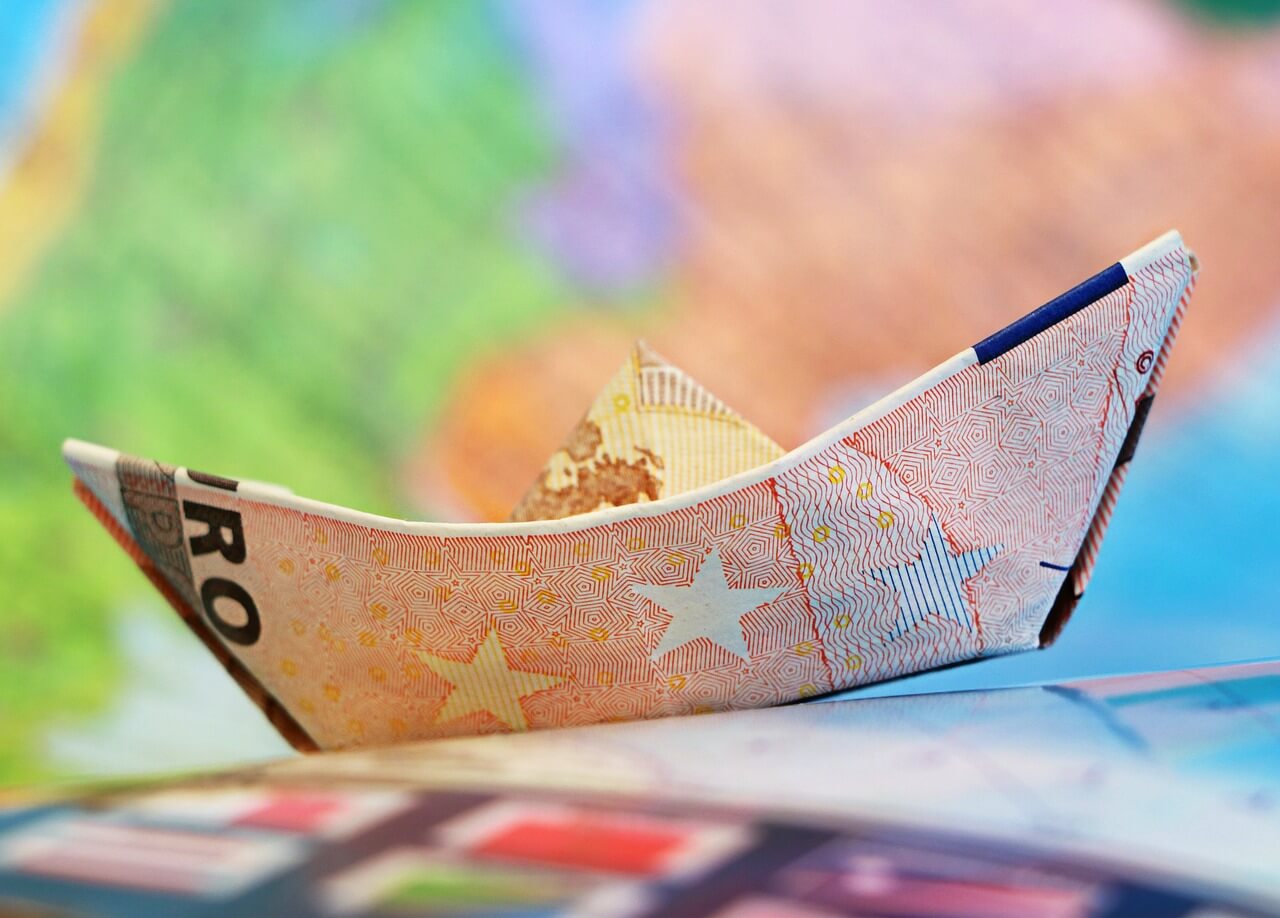Is the euro’s decline coming to an end?

Is the euro’s decline coming to an end?
The ECB did not announce changes to its monetary policy last week. Draghi also gave no indication as to possible future action, as he often used to do, and has categorically refused to comment on any potential evolution of the QE program (purchase of stocks, bank bonds or even helicopter money). Despite the Brexit risk, the president of the Central Bank has only very slightly lowered the growth and inflation forecasts for the years 2017 and 2018. Overall, Draghi has painted a positive picture of the results achieved by ECB monetary policy.
Rates have probably reached a low point
The ECB’s inaction has resulted in European bond yields rising (the price of bonds falling), changing the yield differential in favour of the euro. Even though the ECB forecasts could prove to be optimistic considering the yet unknown impact of Brexit, and that quantitative easing measures are yet to be announced, the single currency may well have reached a low point.
The euro has stopped falling since the low reached in March 2015, despite the extension and increase of the QE, or even the introduction of negative rates. The EUR/USD has since fluctuated between 1.08 and 1.15, with a slightly bullish bias.
Negative rates reduce the profitability of banks. With their balance sheets already weakened by capital requirements, they are reluctant to lend. Banks have especially slowed down their lending activity abroad where the risk premium is no longer justified, which strengthens the common currency. As long as banks are under pressure, liquidity injections will struggle to reach the real economy, hence the ECB has no interest in cutting the rate further. Yet the market puts the chances of a rate cut in Europe one year from now at 70%, which seems far too pessimistic. Japan experienced a similar situation when it introduced negative rates and saw the yen appreciate to the highest level since 2013 six months later. The Bank of Japan has since somewhat rectified the situation and a rate reduction now seems unlikely, resulting in a rebound of 30% by Japanese Banks.
For Switzerland this means that we have probably reached a low point for interest rates. The SNB will remain vigilant however in case of volatile movement in the Swiss franc, as was the case during Brexit. The EUR/CHF should continue at around 1.10 with a slightly bullish tendency.
ANDREAS RUHLMANN
Premium Client Manager / Market Analyst – IG Bank
What do you think about this article? Leave your point of view on Facebook

